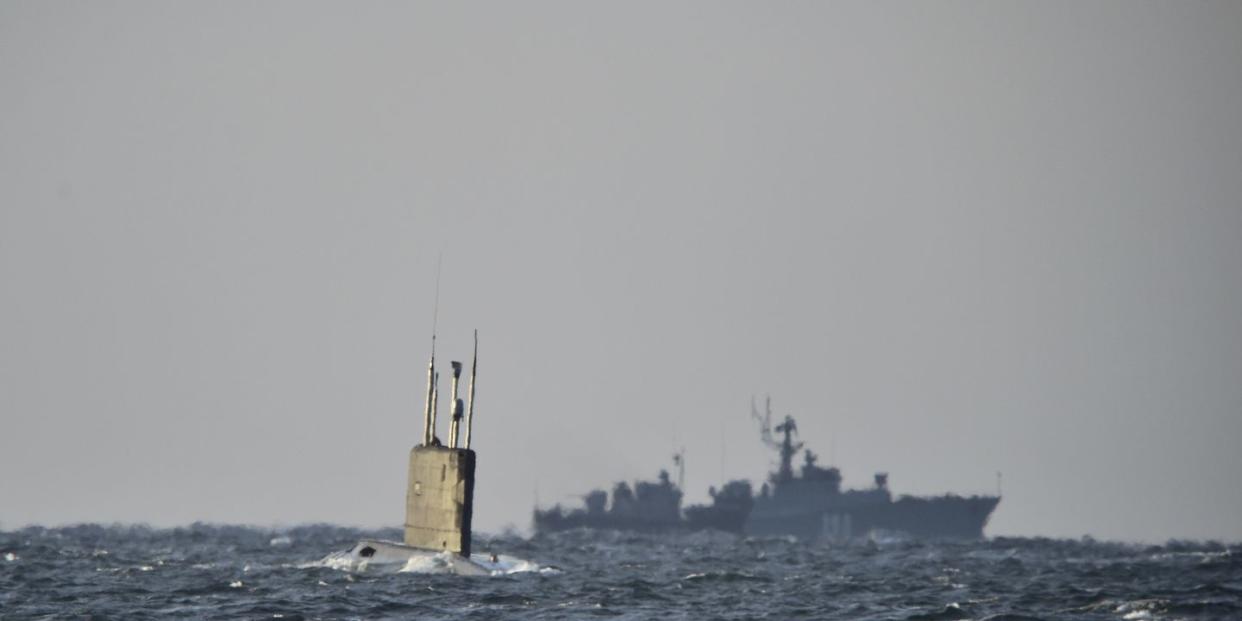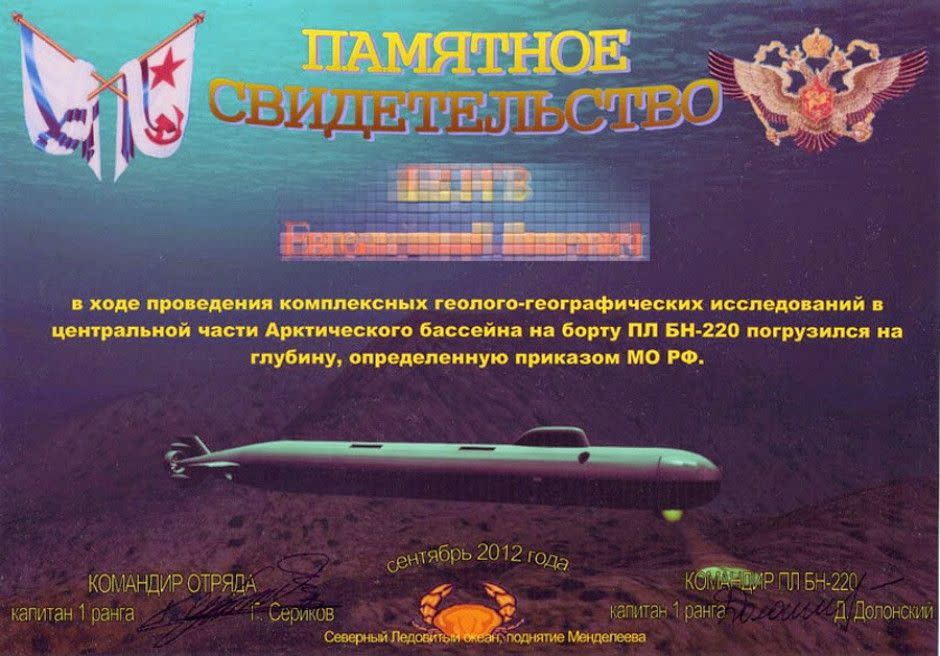A Fire Engulfs Top Secret Russian Submarine, Killing 14 Sailors

On July 1, a fire onboard a secretive Russian nuclear submarine killed 14 sailors before it was extinguished. The sailors were assigned to the Losharik, a small nuclear-powered submarine that is alleged to conduct underwater espionage activities. The cause of the fire is not known at this time.
The incident took place in Russian territorial waters north of the Arctic Circle. According to Russian state media the Losharik was engaged in “biometric research activities” when the fire broke out. TASS quoted the Russian Ministry of Defense, stating, “On July 1, in the Russian territorial waters on a research deep-water apparatus designed to study the bottom space and the bottom of the World Ocean in the interests of the Russian Navy, a fire occurred during bathymetric measurements.”

The incident reportedly killed 14 Russian Navy sailors and injured more, with reports suggesting that the sailors sacrificed themselves to put the fire out. On Russian television, President Vladimir Putin revealed that seven of the deceased were captains first rank, and two were awarded the distinction “Heroes of Russia” in the past. That’s an unusually high concentration of decorated officers.
A conflicting report on Twitter claims that the fire took place not on Losharik itself but the mother submarine that carries, it Podmoskovye. Podmoskovye is a modified ballistic missile submarine designed to carry smaller special mission-engineering (read: spy submarines) like Losharik to operational areas.
Losharik (AS-12) is a deep diving special mission/engineering submarine (aka a spy submarine). According to submarine authority H.I. Sutton, Losharik entered service in 1997, displaces less than 1,000 tons (the U.S. Navy’s newest Virginia-class attack submarines 7,800 tons), and is about 230 feet long, 23 feet wide, and typically has a crew of 25. She is powered by a single 5-megawatt nuclear reactor.
The sub is named after a Russian cartoon horse made up of juggling balls, and the name is a play on the fact that the submarine is internally made up of up to seven interlinked high pressure orbs. Each orb is designed to provide protection from the extreme pressures of deep sea diving. Sutton believes this gives Losharik the ability to dive to depths up to 1,000 meters (3,280 feet).

Losharik is designed to operate on the ocean floor, front-mounted flood lights, remotely operated arms for manipulated equipment, and retractable ski feet for sitting on the seabed. Although described as a scientific research submarine, she is assigned to the Main Directorate for Deep Sea Research, known by its Russian acronym GUGI. The submarine is considered highly classified and the only known photo appeared in the Russian magazine version of Top Gear, when it accidentally sailed into a camera shot.
According to The Barents Observer GUGI reports directly to the General Staff of the Armed Forces and GUGI’s fleet of nine submarines frequently depart on “special missions”. “Little is known about the nature of those voyages,” The Barents Observer writes, “except reports of significantly increased activity along subsea cables which carry global electronic communication.”
In addition to eavesdropping, The Barents Observer claims submarines like Losharik can “bring - or remove - other small installations and devices for military purposes to be placed on the sea floor. In the Arctic, or at other locations important for the Russian navy. Such devices can be noice-makers to distract foreign submarines when Russian submarines sail out from the Kola Peninsula to the North Atlantic. Other listening devices can detect sounds made by the propellers of enemy ships. The submarine can launch and recover unmanned subsea vehicles.”

The fire was the deadliest submarine accident since the loss of the Argentine submarine ARA San Juan in 2017, which killed 44 sailors. It’s the worst Russian submarine accident since 2008, when the submarine K-152 Nerpa was damaged and 20 killed after an “unsanctioned activation of the boat’s fire extinguishing system.
According to official reports Losharik is now in Severomorsk, the headquarters of the Russian Fleet. Unofficially on Twitter, it is reported to be at Gadzhiyevo.
('You Might Also Like',)

